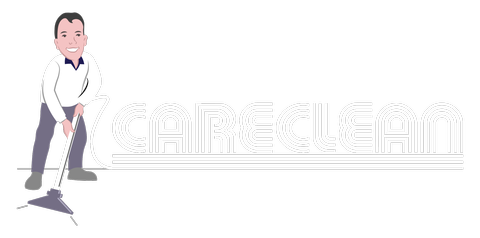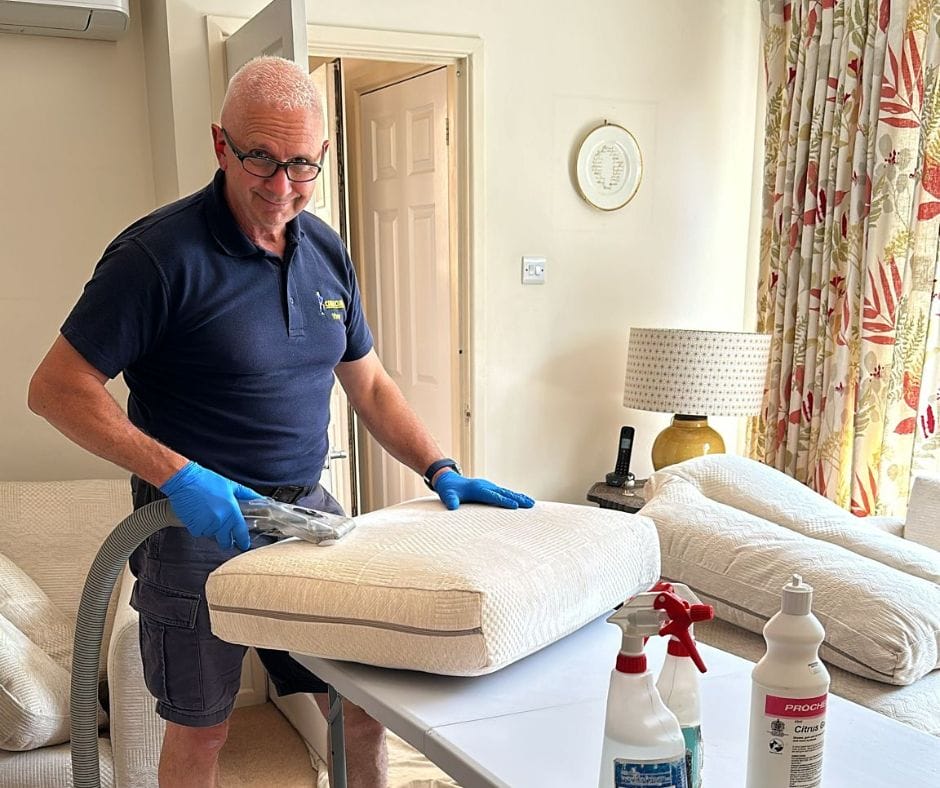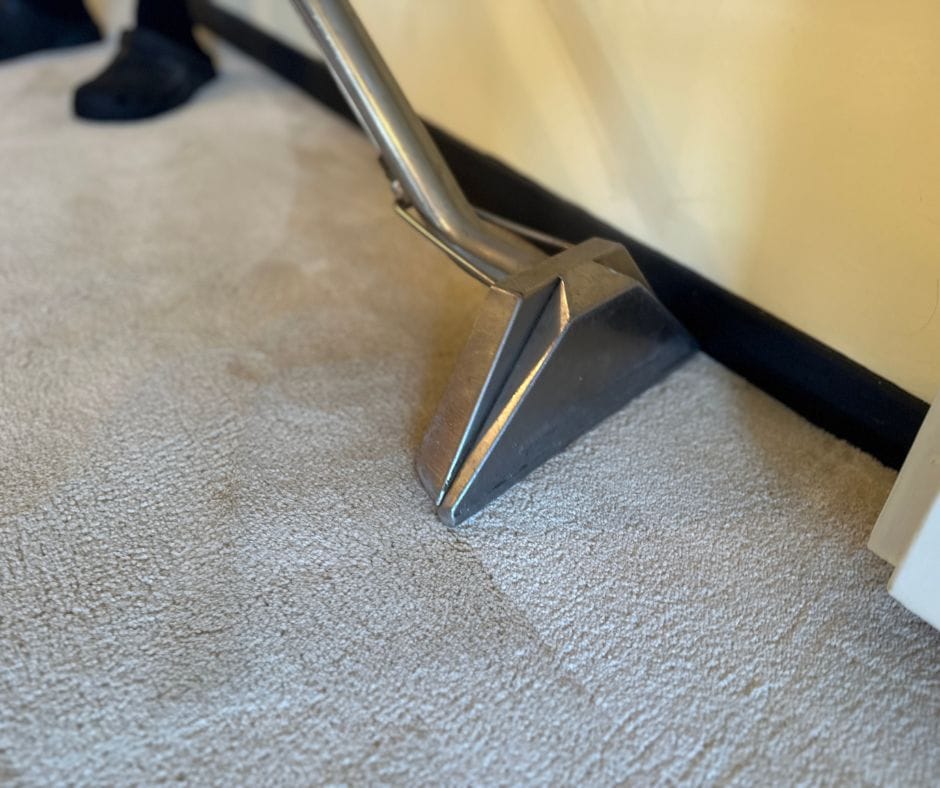Have you ever moved your sofa and noticed unsightly black lines forming around the edges of your carpet? These dark marks often appear near radiators, under doors, or in other areas with increased airflow. Despite your best efforts—and even after professional carpet cleaning—these stubborn marks can be challenging to remove completely. In this blog, we’ll explain what these marks are, why they form, and how you can prevent them from reappearing.
What Are These Black Marks on the Edges of Your Caret?
The black lines forming around the edge of your carpet are known as draught marks or filtration soiling in the cleaning and flooring industry. The cause of these lines is the movement of air through your home, and with that air comes tiny particles of dust, dirt, and pollution that settle into the carpet fibres over time.
Draught marks are typically more visible in areas with strong air circulation, such as:
- Along the edges of the carpet near skirting boards
- Behind furniture, like sofas
- Around radiators and under doors, especially near airing cupboards
Despite their common occurrence, these marks can be tough to remove, and they often reappear even after cleaning.
Why Do Draught Marks Form?
Draught marks are the movement of air throughout your home. As air moves through gaps and openings—like under doors, around radiators, or through the tiny spaces where carpet grippers pierce the carpet backing—it brings with it pollutants from the environment. As the air escapes through these areas, the pollutants in the air are deposited on the surface of your carpet, leaving behind those distinctive black lines.
The problem is particularly noticeable in rooms with poor insulation or subfloors that allow air to travel underneath the carpet.
How to Stop the Black Marks from Forming on The Edges of The Carpet?
The key to preventing these black marks is to stop the airflow that’s allowing dirt and pollutants to settle into your carpet. Here’s how you can address the issue at its source:
1. Seal the Subfloor:
- If you’re planning to install new carpeting, make sure the subfloor is fit for purpose before laying the carpet. If your subfloor is made of pine or other materials with gaps, it’s important to seal these spaces.
- Lift the carpet and lay a sheet of card or hardboard over the subfloor, overlapping the edges. Then, you will need paper to lay on top for added draught proofing. Secure the sheets with tape and seal the border with mastic or caulk to prevent air from flowing through the gaps.
2. Address Gaps Around the Carpet:
- If there are noticeable gaps around the perimeter of the carpet (like near the skirting boards or around radiators), fill these gaps with caulk or sealant to prevent airflow.
By sealing off these areas, you can significantly reduce the amount of air travelling through the carpet and, in turn, minimise the formation of draught marks.
What Can Be Done If the Black Marks Are Already Present?
If you’ve already noticed draught marks forming around the edges of your carpet, don’t worry—there are still steps you can take to improve the appearance of your carpets.
1. Professional Carpet Cleaning:
- Once you’ve addressed the underlying airflow issues, you can call in your professional carpet cleaners in to tackle the draught marks. Professional cleaners use specialised equipment and products that can help lift some of the dirt and pollutants from the carpet fibres. However, 100% removal is not always guaranteed.
2. Ongoing Maintenance:
- Even after professional cleaning, draught marks may return over time, especially if you don’t address the airflow problem. Regular vacuuming & professional cleaning can help keep these marks under control and improve the overall appearance of your carpets.
Can You Remove the Black Marks on The edges of The Carpet Yourself?
For DIY enthusiasts, spot-cleaning draught marks may seem tempting, but it’s essential to manage expectations. While DIY cleaning might help lighten the marks, complete removal is unlikely without professional equipment.
- Vacuum Regularly: Frequent vacuuming, especially along the edges of the carpet, can help reduce the build-up of dust and pollutants.
- Mild Cleaning Solutions: You can try blotting the area with a mild detergent or a specialised carpet cleaning solution, but be cautious about over-wetting the carpet.
Conclusion
Draught marks are a common issue for many homes, but with the right prevention methods and professional cleaning services, you can minimise their appearance and keep your carpets looking fresh. The key is to address the airflow causing these marks by sealing gaps and insulating your floors before they become a larger problem. While professional cleaning can make a big difference, it’s important to know these marks may reappear if the airflow problem persists.
Trust Careclean Essex for Expert Carpet Cleaning
At Careclean Essex, we understand the frustrations that come with maintaining clean carpets. Our professional technicians use advanced cleaning methods to help reduce the appearance of draught marks, leaving your carpets looking refreshed. Contact us at 01245 323989 for a free quote, or visit our carpet cleaning page for more information.
Stay Informed with Careclean Essex
For more cleaning tips, home care advice, and exclusive offers, check out our weekly blog.
By understanding the causes of draught marks and taking steps to stop them, you can enjoy cleaner, longer-lasting carpets in your home.





